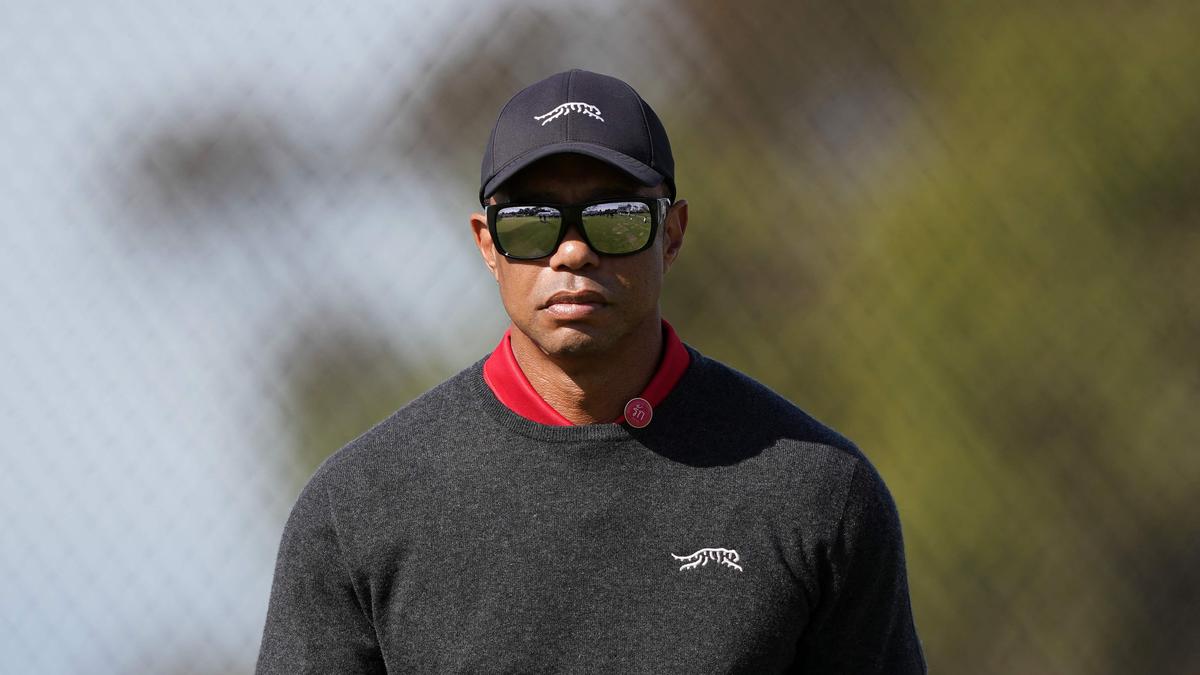US and European Economic Prosperity Starts With Tech

A hurricane warning is in effect for transatlantic tech cooperation. The European Union is rushing ahead with regulations designed to break up what it considers US tech monopolies, enforce strict rules on social networks, and ensure safety along the artificial intelligence raceway. The United States is sprinting in the opposite direction on all three fronts.
This week, France hosts the AI Action Summit in Paris. High-level conversations will take place at the Munich Security Conference where collaboration on technology policy should top the agenda.
The United States and Europe face a common challenge from China, highlighted by the stunning launch of DeepSeek’s low-cost, high-performing AI model. Although Europe trails the US and China in innovation and growth, it remains a global industrial superpower with a trade surplus and the number one trading partner for nearly 80 countries worldwide. That’s less than China — but almost four times as many as the US.
US trade across the Atlantic remains almost 40% higher than it is with China, reaching $1.2 trillion in 2023. American tech firms invest billions of dollars in Europe to serve their European users and customers, and Europeans have developed some of Silicon Valley’s most innovative products. A Hungarian engineer created Microsoft Office, a German scientist oversees Google’s quantum computing efforts, and researchers from Ukraine and Germany co-authored the foundational 2017 paper on transformer architecture.
What would transatlantic tech alignment look like? A good starting point is visible: the allies agree about the seriousness of China’s competitive challenge. Both say they must “de-risk.” Washington has made staying ahead of China a priority. Despite some European divisions, the European Union, too, has recognized the need to innovate to stay ahead.
The US and Europe are often divided by the tyranny of little differences that harm both sides. For example, the US is spending billions on onshore semiconductor production away from Taiwan, while Europe restricts US cloud providers.
Europe recognizes it needs to loosen regulations that have posed a hurdle for deploying new technologies, including AI, and driven indigenous innovation offshore. Former Italian Prime Minister Mario Draghi’s recent report — which laments that “regulatory barriers to scaling up are particularly onerous in the tech sector” and have held back investment in Europe — points the way forward to a new approach.
Get the Latest
Sign up to receive regular Bandwidth emails and stay informed about CEPA’s work.
The US must recognize that it cannot impose its tech rules on Europe or the rest of the world. It should move fast to reverse the recent Biden administration to prevent the sale of the most potent semiconductors to European allies including Poland and Estonia. It should also be careful to avoid undercutting laboriously negotiated solutions to the challenge of free transfers of personal data across the Atlantic. Without smooth data flows across the Atlantic Ocean, there can be no deep digital ties.
The two sides still could find common ground, beginning with AI. While the technology holds tremendous potential for good, Americans and Europeans agree that it presents national security risks when it is in the wrong hands. Aligning AI standards narrowly to prevent national security harms is crucial.
The UK took the key initiative with its November 2023 Bletchley Conference, complementing the G7 Hiroshima process. For its part, following the UK, the US has created an AI Safety Institute, as have Japan, the UK, Singapore, and Canada.
Quantum computing represents another transatlantic opportunity. Europe and the US are investing billions in quantum, a paradigm-shifting technology critical for national security. Quantum will unlock solutions to currently unsolvable problems in areas such as drug development and fusion energy. The US is ahead with private sector funding, but the EU ranks second only to China in public quantum investment, with nearly €7.7 billion committed by the end of 2022. Quantum facilities in Finland, France, and the Netherlands, to name a few, are first-class.
China, too, is prioritizing quantum technologies. It is preparing to launch new experimental quantum communication satellites. The first long-distance quantum-secured communication route opened last year between Shanghai and Beijing. Before quantum is deployed widely, aligning approaches — for example, advancing the standardization of encryption algorithms resistant to quantum hacking — could benefit both sides.
A reflexive European reaction to Donald Trump’s return to the White House may be to retreat from engagement. That would be a mistake. Washington and Brussels surprised many by coordinating their approaches to trade controls on Russia after its full-scale invasion of Ukraine. They can surprise the world again by working together on key cutting-edge technologies to benefit both of their economies.
Carl Bildt is a former Swedish Prime Minister and Foreign Minister. Anja Manuel is the Executive Director of Aspen Strategy Group and Aspen Security Forum and co-founder and partner at Rice, Hadley, Gates & Manuel LLC. The authors are writing as co-chairs of a CEPA initiative on the transatlantic technology and trade relationship. Both are members of CEPA’s non-fiduciary, high-level advisory body, the International Leadership Council.
Bandwidth is CEPA’s online journal dedicated to advancing transatlantic cooperation on tech policy. All opinions are those of the author and do not necessarily represent the position or views of the institutions they represent or the Center for European Policy Analysis.
Read More From Bandwidth
CEPA’s online journal dedicated to advancing transatlantic cooperation on tech policy.
Related
EU denies picking on US tech giants, says US also…
BRUSSELS (Reuters) - Europe's new tech rule aims to keep digital markets
H-1B Visa 2025: How and why US policy shift may…
Recent changes in US H-1B visa policies have sparked significant concern within the Indian IT professional community hoping to work in America. However, the a
Alibaba Group (BABA) Stock: Chinese Tech Giants Gain $439 Billion…
Chinese tech stocks have gained over 40% this year, adding $439 billion in valueChina’s “7 titans” are outperforming the US “Magnificent Seven” tech s
The Global Spread of Protectionist Policies That Squeeze American Tech…
An increasing number of countries in recent years have begun targeting America’s leading technology firms with policies touted as measures to promote fair com













